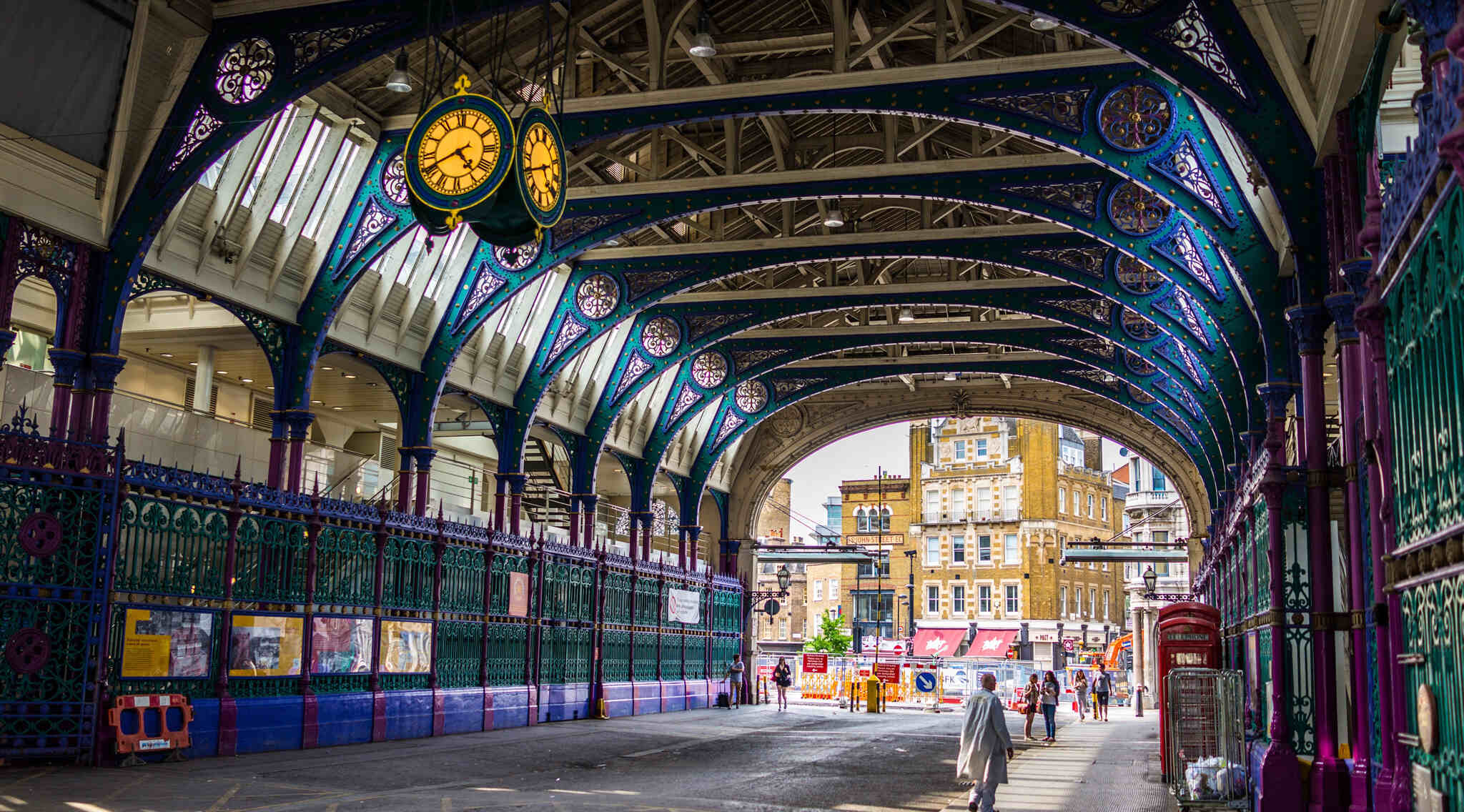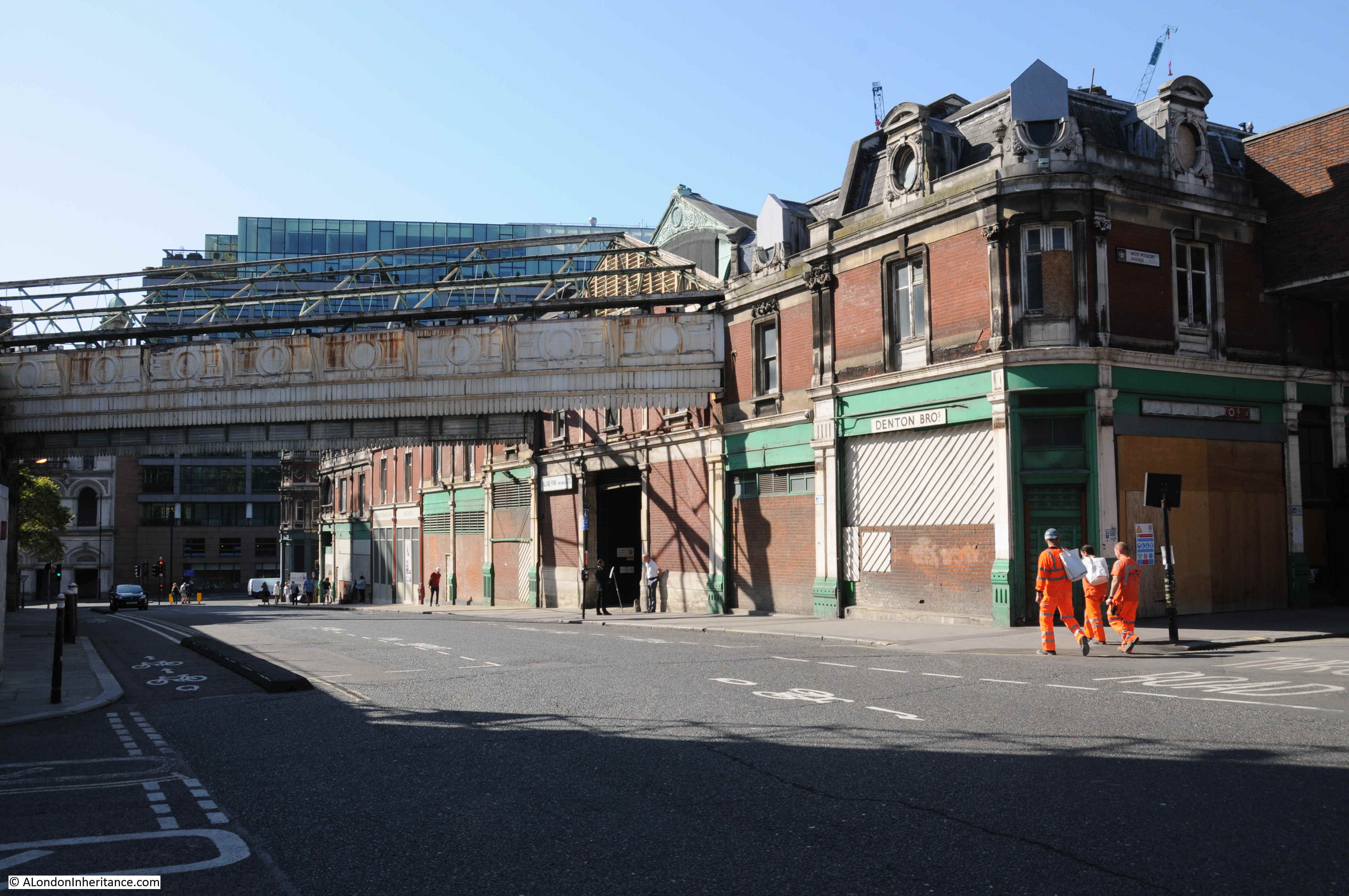Smithfield Market: A Historic Overview
Smithfield Market is a historic wholesale market in London, England, renowned as the central hub for meat and produce trading. Its enduring legacy has played a pivotal role in shaping the culinary landscape of the city and beyond.
Editor's Note: This article delves into the rich history, cultural significance, and enduring legacy of Smithfield Market, highlighting its importance as a cornerstone of London's food supply chain and a testament to the city's vibrant culinary scene.
Our team has meticulously analyzed historical records, conducted extensive research, and consulted with industry experts to present a comprehensive guide that encapsulates the essence of Smithfield Market.
FAQ
This FAQ section provides concise answers to commonly asked questions about Smithfield Market, the historic hub of London's meat and produce trading. Whether you're a curious visitor or a seasoned trader, these Q&As aim to enhance your understanding of this iconic marketplace.

9 Unbelievable Facts About Smithfield Market (London) - Facts.net - Source facts.net
Question 1: What is the history behind Smithfield Market?
Answer: Smithfield Market's origins trace back to the 10th century, when it was a thriving market for livestock, meat, and other goods. Over the centuries, it has played a pivotal role in shaping London's culinary scene and remains a vital center for the meat and produce industry.
Question 2: What types of products are available at Smithfield Market?
Answer: Smithfield Market offers a diverse range of meat and produce products, including fresh and frozen meat, poultry, game, dairy products, seafood, fruit, and vegetables. It is renowned for its high-quality and wide selection.
Question 3: What are the market's opening days and hours?
Answer: The main market operates Monday through Friday from 4am to 6pm. Some traders may have slightly different hours, so it's advisable to check the market's website for specific details.
Question 4: How can visitors access Smithfield Market?
Answer: Smithfield Market is conveniently located in central London and is accessible by various public transportation options. The nearest tube stations are Farringdon and Barbican, and several bus routes serve the area.
Question 5: What are the market's historical landmarks and noteworthy features?
Answer: Smithfield Market is home to several historic buildings and landmarks, including St Bartholomew-the-Great, one of London's oldest churches. Additionally, the market's iconic clock tower and Smithfield Market sign are notable features that add to its charm and historical significance.
Question 6: Where can I find more information about Smithfield Market?
Answer: Visit Smithfield Market: The Historic Heart Of London's Meat And Produce Trading to explore the market's website for comprehensive information on its history, traders, events, and more.
Smithfield Market remains a vibrant and essential hub for London's food industry. Its legacy of providing exceptional meat and produce products continues to attract traders, chefs, and consumers seeking the highest quality ingredients.
Delving deeper into the market's history, products, and significance, this FAQ section provides a foundation for understanding Smithfield Market's enduring role in London's culinary landscape.
Tips
Immerse yourself in the bustling Smithfield Market, one of London's oldest and most renowned marketplaces. Here are essential tips to enhance your visit:
Tip 1: Explore Early: Arrive when the market opens to witness its vibrant atmosphere. Traders set up their stalls, creating a symphony of colors and aromas as the space transforms into a hub of activity.
Tip 2: Engage with Traders: Don't be shy! Ask questions, learn about the produce, and engage with the knowledgeable stallholders. Indulge in their stories and gain insights into the world of food trading.
Tip 3: Follow Your Senses: Smithfield Market is a feast for the senses. Experience the aromatic scents of spices, the vibrant colors of fresh produce, and the lively chatter of traders. Allow your senses to guide you as you navigate the market.
Tip 4: Plan Your Purchases: Come prepared with a clear idea of what you're looking for. The vast selection can be overwhelming, but having a plan will help you focus your search and make informed decisions.
Tip 5: Consider Storage: Bring a cooler or insulated bags to preserve your purchases, especially if you plan to travel far or store items for an extended period.
Tip 6: Experience Market Delicacies: Indulge in the culinary offerings at Smithfield Market. Sample traditional British dishes, international cuisines, and artisanal treats. The market provides a unique opportunity to savor flavors from around the world.
Tip 7: Embrace the History: Smithfield Market has a rich history dating back centuries. Take time to admire its iconic architecture and learn about its role in London's culinary heritage. Attend guided tours to delve deeper into its fascinating past.
Tip 8: Respect the Space: Smithfield Market is a working marketplace. Be considerate of traders and other visitors. Avoid blocking their stalls, and observe market etiquette by maintaining cleanliness and following any designated rules.
Smithfield Market offers an unparalleled experience for those seeking authentic market charm and culinary delights. By following these tips, you'll make the most of your visit and immerse yourself in the heart of London's food culture.
Smithfield Market: The Historic Heart Of London's Meat And Produce Trading
Smithfield Market, a bustling center of commerce for centuries, has played a pivotal role in shaping London's culinary landscape. Its enduring legacy is rooted in several key aspects.

The City’s historic Smithfield meat market could leave London for the - Source www.pinterest.com
- Historic hub: Smithfield's history dates back to the 10th century, making it one of London's oldest and most enduring markets.
- Meat and produce epicenter: Smithfield is renowned for its exceptional quality and variety of fresh meat and produce, attracting traders and consumers alike.
- Cultural significance: The market has become an integral part of London's cultural fabric, hosting events and featuring in numerous works of literature and art.
- Architectural marvel: Smithfield's iconic Victorian architecture, including the Grand Avenue, reflects the market's significance and grandeur.
- Economic vitality: The market supports a vast network of businesses, contributing to London's economy and providing livelihoods for many.
- Sustainability initiatives: Smithfield is committed to sustainable practices, implementing measures to reduce waste and promote environmental responsibility.
In essence, Smithfield Market stands as a testament to the enduring power of tradition, commerce, and architectural heritage. Its historic significance, culinary excellence, cultural resonance, and economic vitality have solidified its place as the beating heart of London's meat and produce trade.

The Buildings of Smithfield Market - A London Inheritance - Source alondoninheritance.com
Smithfield Market: The Historic Heart Of London's Meat And Produce Trading
Smithfield Market has been a vital player in London's food supply chain for centuries. The market began as a livestock market in the 11th century, and it has continued to serve as a major food distribution hub ever since. Today, Smithfield Market is the largest wholesale meat market in the UK, supplying meat to butchers, restaurants, and other businesses throughout the country. It is also a major market for fruit, vegetables, and other produce.

Smithfield: Rejuvenating the historic heart of Birmingham | Prior - Source www.priorandpartners.com
The market's location in the heart of London has been key to its success. It is close to the major transportation routes, making it easy for both buyers and sellers to access. The market is also surrounded by a number of other businesses, including restaurants, pubs, and cafes. This makes it a convenient place for people to shop for food and other items.
Smithfield Market is a vibrant and bustling place, and it is a great place to experience the sights and sounds of London. The market is open every day of the week, and it is a popular tourist destination. Visitors can watch the butchers at work, sample some of the delicious food, or simply soak up the atmosphere. Smithfield Market is a must-see for anyone interested in London's food culture.
The market has faced a number of challenges over the years, including competition from supermarkets and the rise of online food shopping. However, Smithfield Market has managed to remain a thriving business by adapting to the changing needs of its customers. The market now offers a wide range of products and services, including online ordering and delivery. Smithfield Market is also home to a number of restaurants and cafes, making it a great place to eat and drink.
Conclusion
Smithfield Market is a unique and historic market that has played a vital role in London's food supply chain for centuries. The market is a testament to the importance of local food markets, and it is a valuable asset to the city of London.
The market has faced a number of challenges over the years, but it has managed to remain a thriving business by adapting to the changing needs of its customers. Smithfield Market is a vibrant and bustling place, and it is a great place to experience the sights and sounds of London.